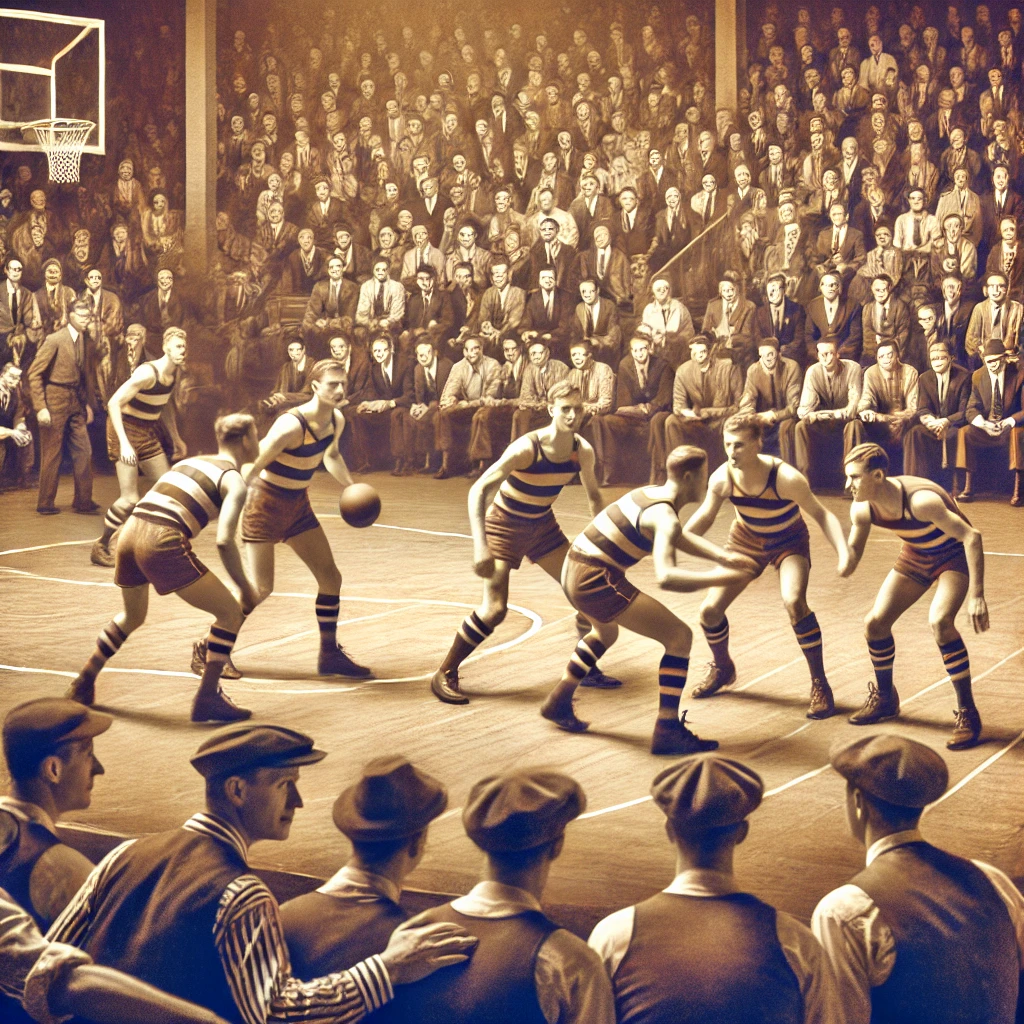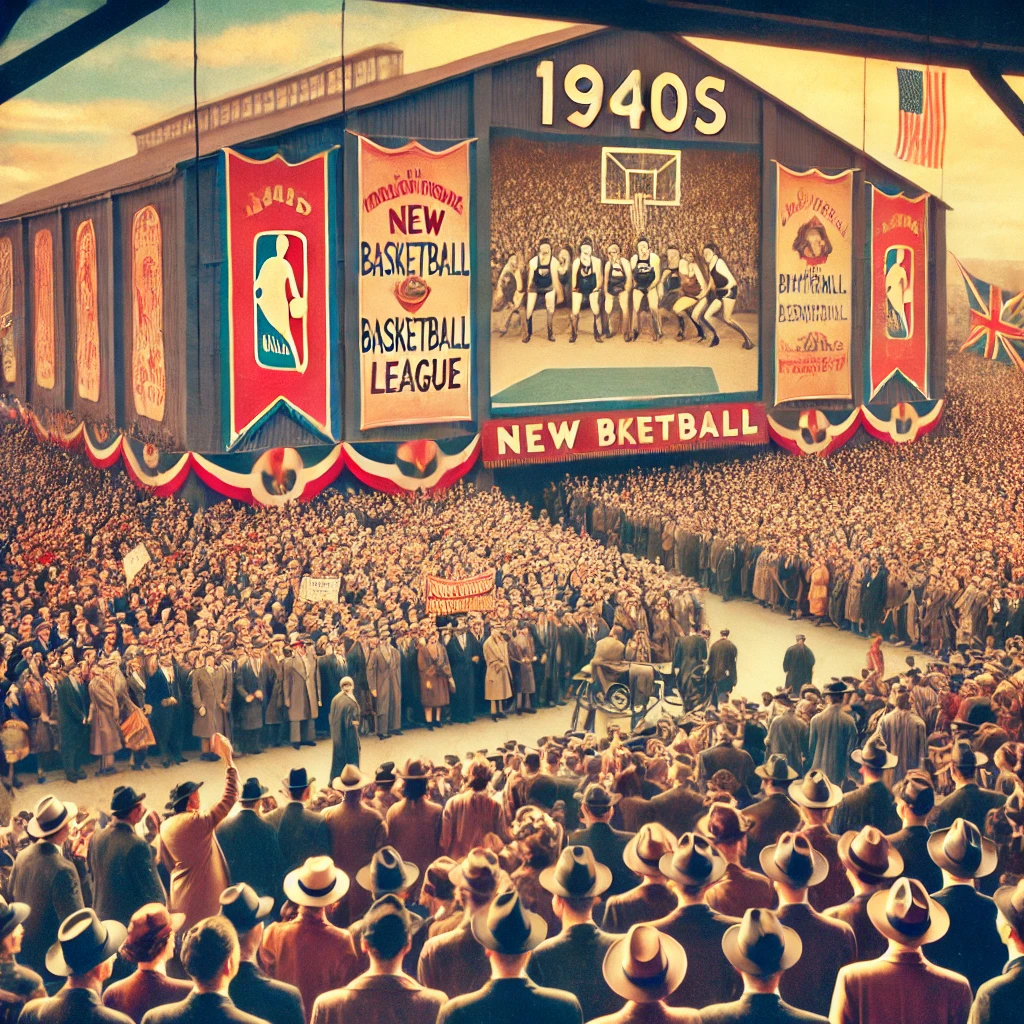On August 3, 1949, a significant milestone in sports history was achieved with the merger of two rival basketball leagues, the Basketball Association of America (BAA) and the National Basketball League (NBL). This merger resulted in the creation of the National Basketball Association (NBA), a league that would go on to become one of the most prominent and influential sports organizations in the world. The merger came after a challenging three-year period marked by intense competition for players and fans.
The BAA and NBL had both been competing for dominance in professional basketball since the end of World War II. Despite their efforts, neither league had been able to establish a lasting foothold or achieve financial stability on its own. Recognizing the benefits of consolidation, the two leagues agreed to merge, bringing together their resources and talent to form a unified league that would be better positioned to succeed in the rapidly growing sports market.

Challenges Leading to the Merger
The path to the merger was fraught with challenges. Both the BAA and NBL faced difficulties in attracting a stable fan base and securing financial backing. The competition between the leagues led to a fragmented market, with teams and fans divided between the two organizations. The need for a unified league became increasingly clear as both organizations struggled to maintain their operations and attract top talent.
The merger was driven by the realization that a single, cohesive league would have a greater chance of succeeding in the competitive sports landscape. By combining their strengths, the BAA and NBL aimed to create a more robust and appealing product for fans and sponsors alike. This strategic move was crucial in shaping the future of professional basketball and establishing a solid foundation for the NBA.

The Birth of the NBA
The merger of the BAA and NBL officially created the National Basketball Association (NBA), with the new league taking on the best elements of both predecessors. The NBA began its inaugural season with 17 teams, many of which were former members of the BAA and NBL. The league’s formation marked the beginning of a new era in professional basketball, setting the stage for its eventual rise to prominence.
The early years of the NBA were marked by significant growth and development. The league quickly established itself as a major force in professional sports, thanks in part to its improved organizational structure and the increased talent pool resulting from the merger. The NBA’s focus on expanding its reach and improving the quality of play laid the groundwork for its future success and global popularity.
The Legacy of the NBA
The creation of the NBA on August 3, 1949, was a turning point in the history of professional basketball. The merger of the BAA and NBL not only resolved the rivalry between the two leagues but also set the stage for the NBA’s growth into a major sports entity. The league’s development over the decades has been marked by numerous milestones, including the introduction of iconic players, landmark games, and global expansion.

Today, the NBA is recognized as one of the premier professional sports leagues in the world, with a diverse fan base and significant influence both on and off the court. The legacy of the 1949 merger continues to shape the league’s identity and its ongoing impact on the global sports landscape.
The birth of the NBA serves as a reminder of the importance of collaboration and vision in achieving long-term success. The merger that created the NBA was a pivotal moment that transformed professional basketball and paved the way for the league’s remarkable journey to becoming a global sports powerhouse.
